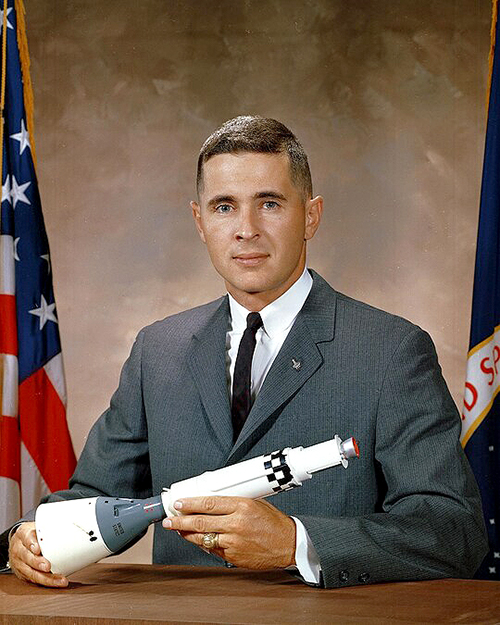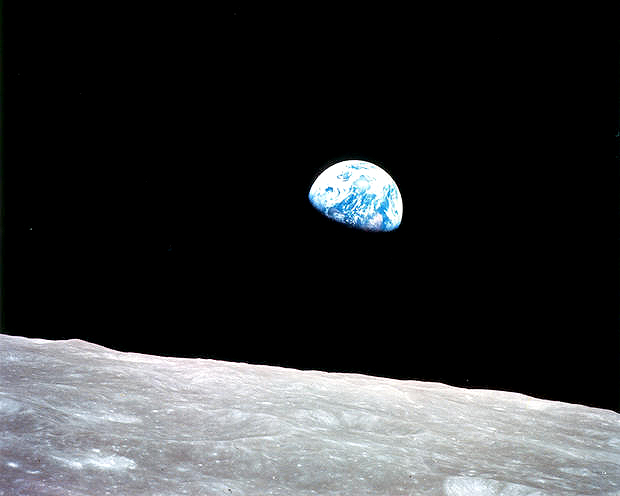William Anders, former Apollo 8 astronaut, dies in plane crash

NASA astronaut William Anders
Apollo 8 astronaut William (Bill) Anders, who snapped one of the most iconic images of the space age, a mesmerizing view of the blue and white globe of Earth rising above the moon’s cratered horizon in the deep black of space, died Friday, June 7, 2024, when a small plane he was piloting crashed off the coast of Washington state. He was 90 years old.
According to the Federal Aviation Administration stated that the Beech A45 with only the pilot aboard went down in the waters off Roche Harbor, which is located on San Juan Island, at about 11:40 a.m. local time.
The FAA and the National Transportation Safety Board are investigating.
Anders, who was born in Hong Kong on Oct. 17, 1933, attended the U.S. Naval Academy and the Air Force Institute of Technology before being selected as an astronaut in the NASA space program in 1964, logging more than 6,000 hours flying time, according to his NASA biography.
Along with serving as a lunar module pilot for Apollo 8, he was also a backup pilot on the Gemini XI and Apollo 11 flights.
NASA Administrator Bill Nelson wrote on social media Friday night that Anders “traveled to the threshold of the Moon” in the Apollo 8 mission “and helped all of us see something else: ourselves. He embodied the lessons and the purpose of exploration. We will miss him.”
Photographed on Christmas Eve 1968 as Anders, Apollo 8 commander Frank Borman and Jim Lovell orbited the moon, the image is known today simply as “Earthrise,” a first-of-its-kind look at planet Earth suspended in the immensity of space that quickly became a symbol of the environmental movement.
This view of the rising Earth greeted the Apollo 8 astronauts as they came from behind the Moon after the fourth nearside orbit.
“The most impressive aspect of the flight was [when] we were in lunar orbit,” Anders said in a NASA oral history interview. “We’d been going backwards and upside down, didn’t really see the Earth or the sun, and when we rolled around and came around and saw the first Earth rise, that certainly was, by far, the most impressive thing.”
 He described the home planet as a “very delicate, colorful orb, which to me looked like a Christmas tree ornament, coming up over this very stark, ugly lunar landscape.”
He described the home planet as a “very delicate, colorful orb, which to me looked like a Christmas tree ornament, coming up over this very stark, ugly lunar landscape.”
Anders, Borman and Lovell were the first humans to leave Earth orbit, completing 10 trips around the moon in a Christmas-season flight that helped set the stage for the Apollo 11 moon landing the following year.
Many space insiders and historians view Apollo 8 as the most daring of all the Apollo missions. The astronauts were the first to launch atop a huge Saturn 5 rocket, the most powerful in the world, and the first to visit another world, even if at a distance.
Mike Collins, the Apollo 11 command module pilot, once said Apollo 8 was the more significant mission.
“Well, I’ve thought about that, and I try to be objective,” Anders said. “I certainly think it was very significant. I think landing on the moon was very significant…We were the first to leave our home planet, they were the first to go to…another planet…To say that Apollo 8 is more significant, I’m not ready to say that. They were both significant.”



